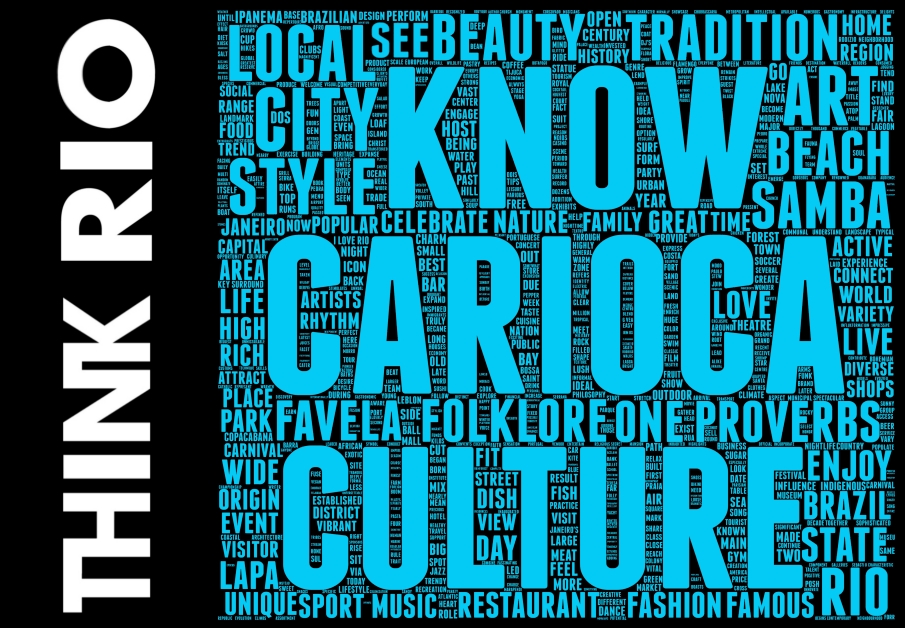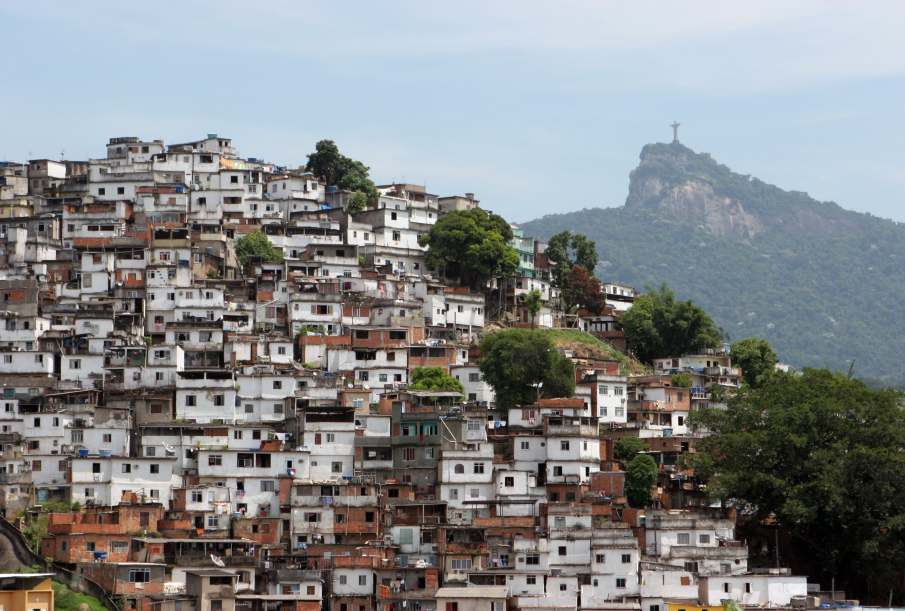

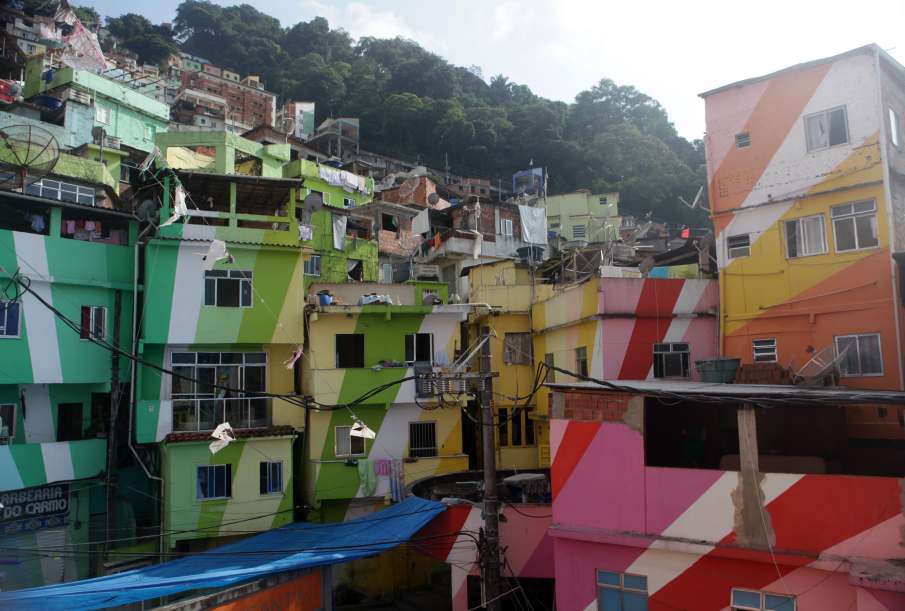
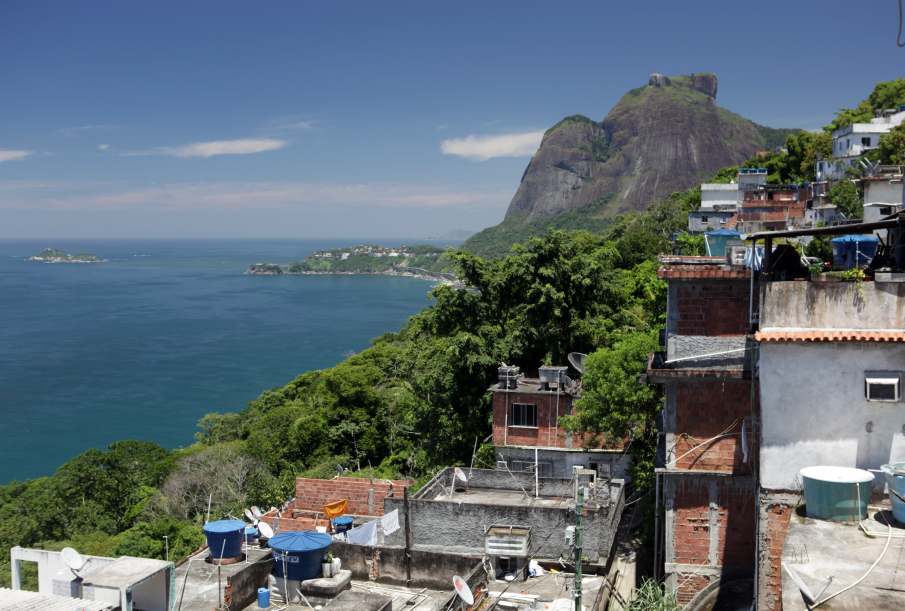
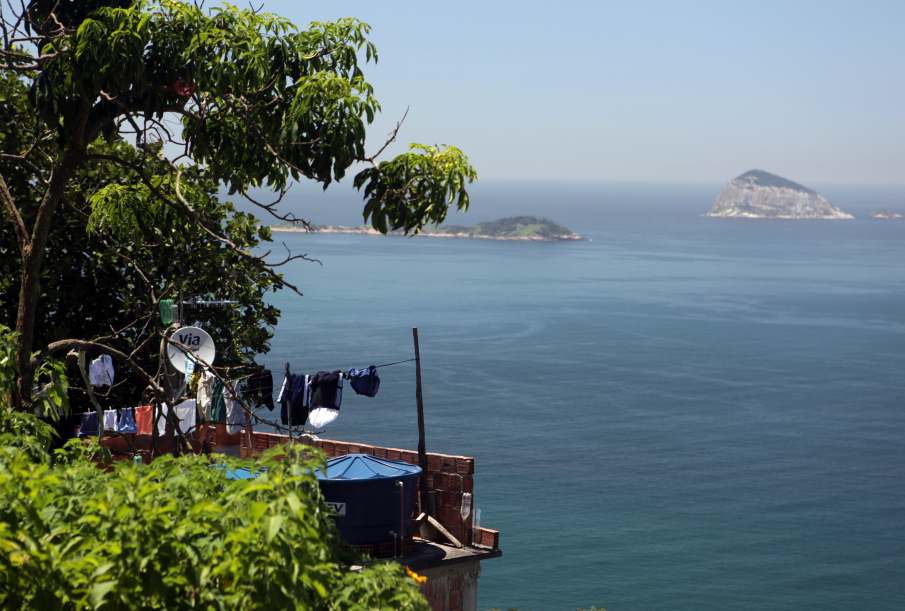
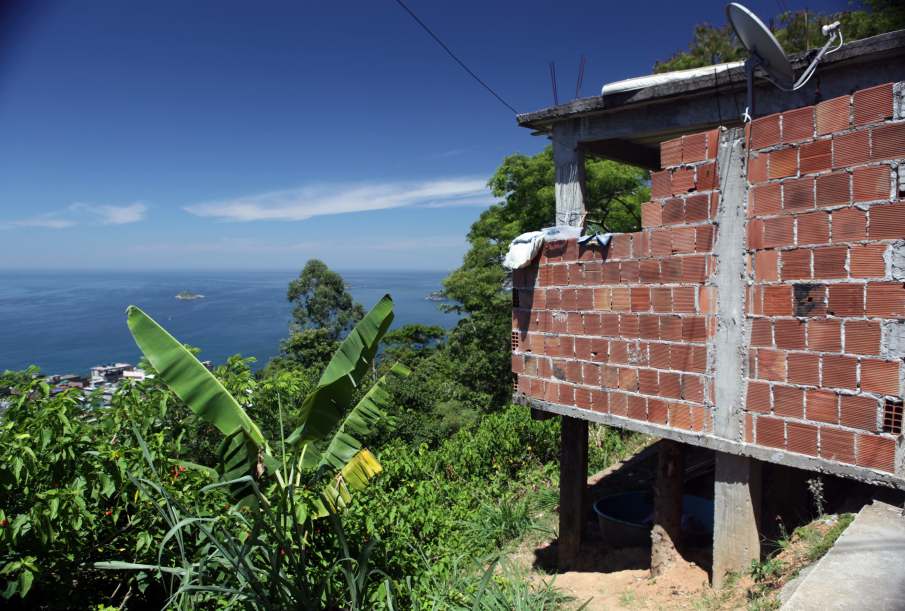
The development and expansion of the city's favelas can be seen in various stages, influenced by significant events, laws and national and international trends.
The proclamation of the Republic and the abolition of slavery were two extremely significant factors, causing a change in the major social fracture, turning slaves into poor free men and leaving them to cope with the aristocracy who benefitted from cheap labor offered by people in need of means to survive.
Neither the ex-slavemasters nor the ex-slaves were prepared for this big change - suddenly, the latter were launched into an unregulated labor market and left their slave quarters for the hills.

